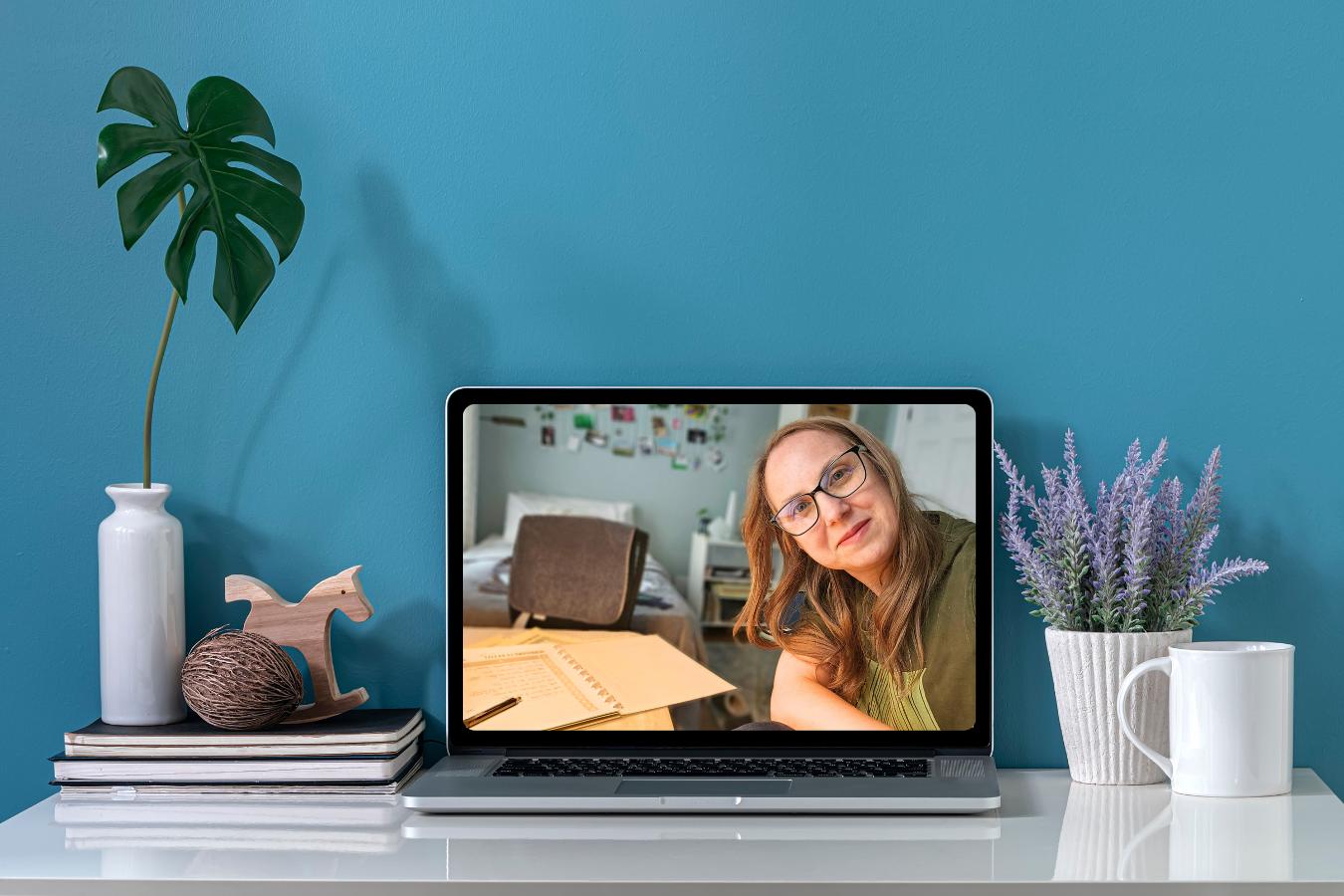Who knew that organizing tasks could be tougher than coding an entire website? Certainly not me! It took me decades, countless sticky notes, and more apps than I care to admit to find a to-do list system that finally brings some sense of order to my ADHD-fueled chaos.
If you see to-do lists as frenemies—something you love to hate but can’t live without—then you’re in the right place. Whether you’ve got ADHD or just find traditional methods don’t quite cut it, let’s rethink to-do lists together. I’ve figured out some tricks that work for me, and they just might work for you too. Let’s find a way to make those lists fit your unique brain, so you can finally bring some calm to the chaos.
What Makes the Perfect To-Do List?
I’ve tried it all — from notebooks to fancy apps — but nothing quite hit the mark. So, I created my own simple, printable To-Do List, thoughtfully or stylishly designed with simplicity and functionality in mind. Because let’s be real, if it’s not easy on the eyes, chances are it won’t get much love from us.
(If you want to You can find to see my to-do list, click here.)
Using Any To-Do List Effectively
Now, let’s talk about making these lists work for us. Flexibility is key! Add tasks as soon as they pop into your head, and choose what to tackle based on your mood and energy levels. And don’t forget to celebrate every checkmark with a smile!
Don’t Make It Too Hard We’ve got enough on our plates as it is. So, let’s keep it simple, shall we? A to-do list isn’t about overcomplicating things; it’s about lightening the load and finding calm in the chaos.
Will This Method Work for You
I can’t say for certain, but hey, it’s worth a shot! Trust your gut, listen to your mood, and watch those tasks melt away one by one. And remember, every little win counts!
When You Need To Be More Organized
For me, the to-do list has been a game changer. It’s simplified my life, lightened my mental load, and brought a little extra sunshine into my days. But sometimes, life throws us a challenge, and we need more than just a to-do list.
That’s where daily or weekly planners come in handy, helping us break things down and stay on track. And when I’m thinking about planning more comprehensively, that’s when the Mindflows Planning & Goal Setting Framework really helps me break things down.
So, fellow ADHD woman entrepreneurs, let’s embrace the power of doing to-do lists our way and let’s conquer the world together, one task at a time!


